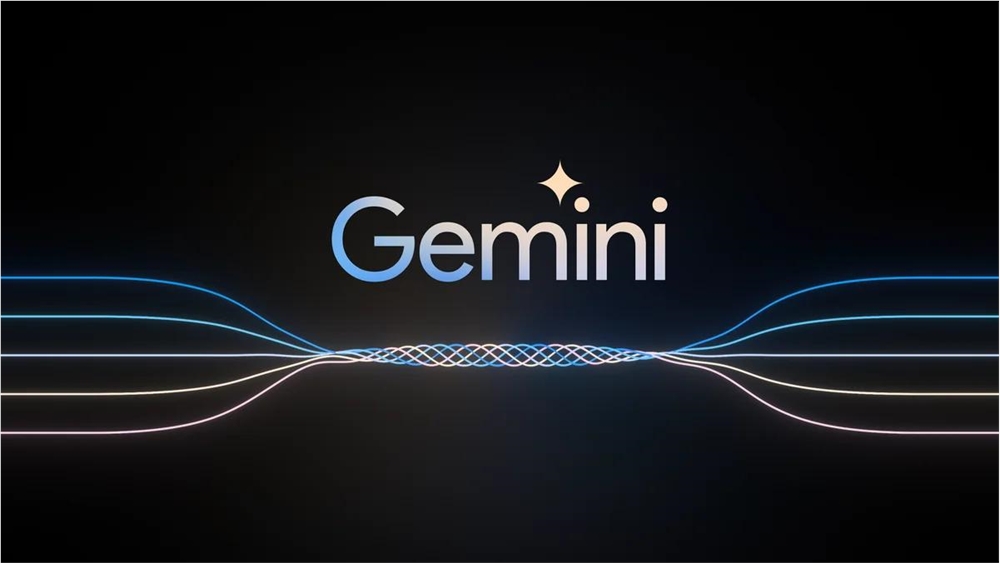DeepMind Unveils Gemini 2.5 Flash-Lite for Real-Time UI
DeepMind Introduces Gemini 2.5 Flash-Lite: A Leap in Real-Time Interface Generation
In a significant advancement for human-computer interaction, Google's DeepMind has unveiled its latest AI model, Gemini 2.5 Flash-Lite, designed to revolutionize how users engage with digital interfaces. This cutting-edge technology enables real-time generation of interactive interfaces, dynamically creating content and code based on user actions.
How It Works
The system operates by interpreting user needs and contextual information instantly as they navigate an application. When a user clicks a button or performs an action, Gemini 2.5 Flash-Lite generates the subsequent screen's elements without traditional loading times. This creates what developers are calling an "instant access" experience, where transitions between screens become nearly imperceptible.

Enhanced Capabilities
Beyond interface generation, the new model demonstrates substantial improvements across multiple technical domains:
- 40% faster coding generation compared to previous versions
- Enhanced mathematical computation abilities
- Advanced scientific research applications
- Improved logical reasoning frameworks
These upgrades make the technology valuable not just for consumer applications but also for complex professional environments requiring high-performance computing.
Industry Impact
The release positions DeepMind at the forefront of adaptive interface technology, with potential applications in:
- Education: Creating dynamic learning environments that adapt to student needs
- Healthcare: Generating real-time diagnostic interfaces based on patient data
- Enterprise software: Building customizable dashboards that evolve with user workflows
Future Prospects
As DeepMind continues refining this technology, experts predict a wave of innovation in how humans interact with digital systems. The company has hinted at future integrations with augmented reality platforms and IoT devices.
Key Points:
- Real-time generation: Creates interfaces instantly based on user context and actions.
- Performance boost: Significant improvements in coding, math, and scientific applications.
- Cross-industry potential: Applicable from consumer apps to specialized professional tools.
- User experience revolution: Eliminates traditional loading delays for seamless interaction.